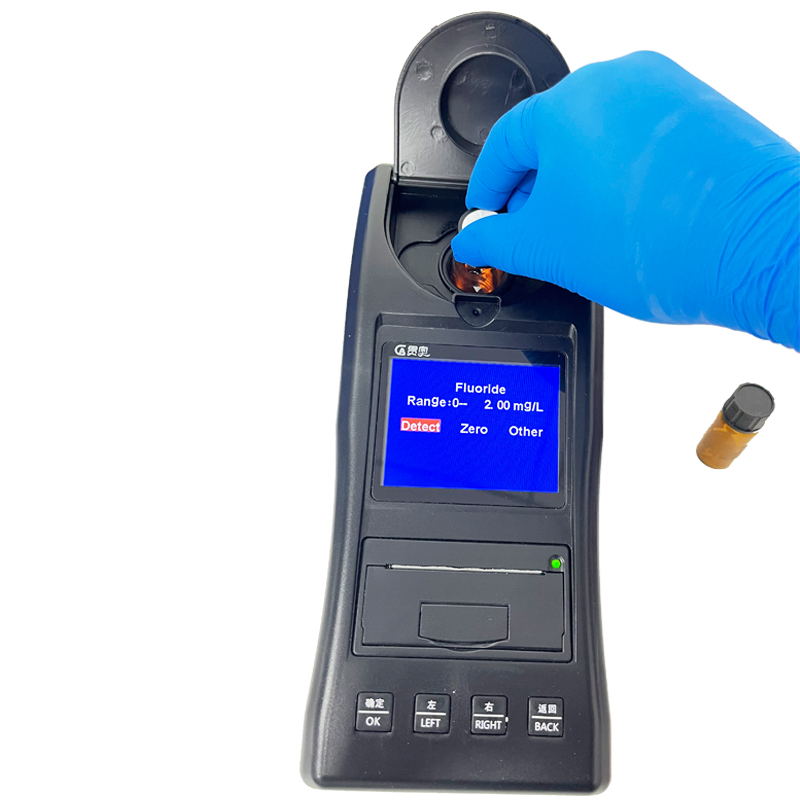Fluoride in water is a common water pollutant, and long-term consumption of high fluoride water can lead to chronic fluorosis and have adverse effects on human health. Therefore, the detection and treatment of fluoride in water is very important. When excessive fluoride is detected in water, the cause of the excess should be determined first, and then targeted measures should be taken based on the cause of the excess. For example, whether it is affected by factors such as industrial wastewater discharge and high fluoride content in natural water sources, in order to take corresponding measures.

If fluoride in water exceeds the standard, the following measures need to be considered:
1. Reducing fluoride sources: Reducing the discharge of fluorinated substances, especially industrial wastewater and sewage, can reduce the concentration of fluoride in water.
2. Fluoride removal: Some physical, chemical, and biological methods can be used to remove fluoride from water, such as reverse osmosis, ion exchange, adsorption, etc.
3. Water source adjustment: In terms of water source, it can be considered to adjust the water intake position and choose a water source with low fluoride content.
For the treatment of fluoride in water, appropriate methods should be adopted after comprehensive consideration of factors such as water characteristics, pollution source types, and environmental costs. For example, although reverse osmosis can effectively remove fluoride from water, its cost is relatively high; The adsorbent can remove fluoride through physical or chemical adsorption, but requires periodic replacement of the adsorbent material.
When encountering excessive fluoride in water, it is necessary to detect it in a timely manner, but to avoid errors. The following are several reasons for the large error:
1. Sample collection is not standardized: The sample collection was not carried out in accordance with the standards, such as the container not being cleaned thoroughly, the sample collection equipment being contaminated, and so on.
2. Inaccurate experimental methods: Inaccurate or unstable experimental methods may lead to significant errors.
3. Improper operation by experimental personnel: Experimental personnel did not operate according to standards, such as using instruments that were not calibrated, setting measurement parameters incorrectly, and so on.
To address the issue of errors in fluoride detection, the following measures can be taken:
1. Strictly follow the standard operation: In the process of collecting, storing, and processing samples, it is necessary to follow the standard operation to avoid contamination and loss of the samples.
2. Choose accurate and stable experimental methods: When choosing experimental methods, it is necessary to choose accurate, stable, and reliable experimental methods to ensure the accuracy of measurement results.
3. Training of experimental personnel: Experimental personnel need to receive professional training, learn operating standards and experimental methods, to ensure the accuracy and stability of experimental operations.
In summary, for the problems of excessive fluoride levels and significant detection errors in water, we can solve them through scientific and reasonable treatment and standardized detection methods to ensure the safety of water sources and the stability of water quality.



